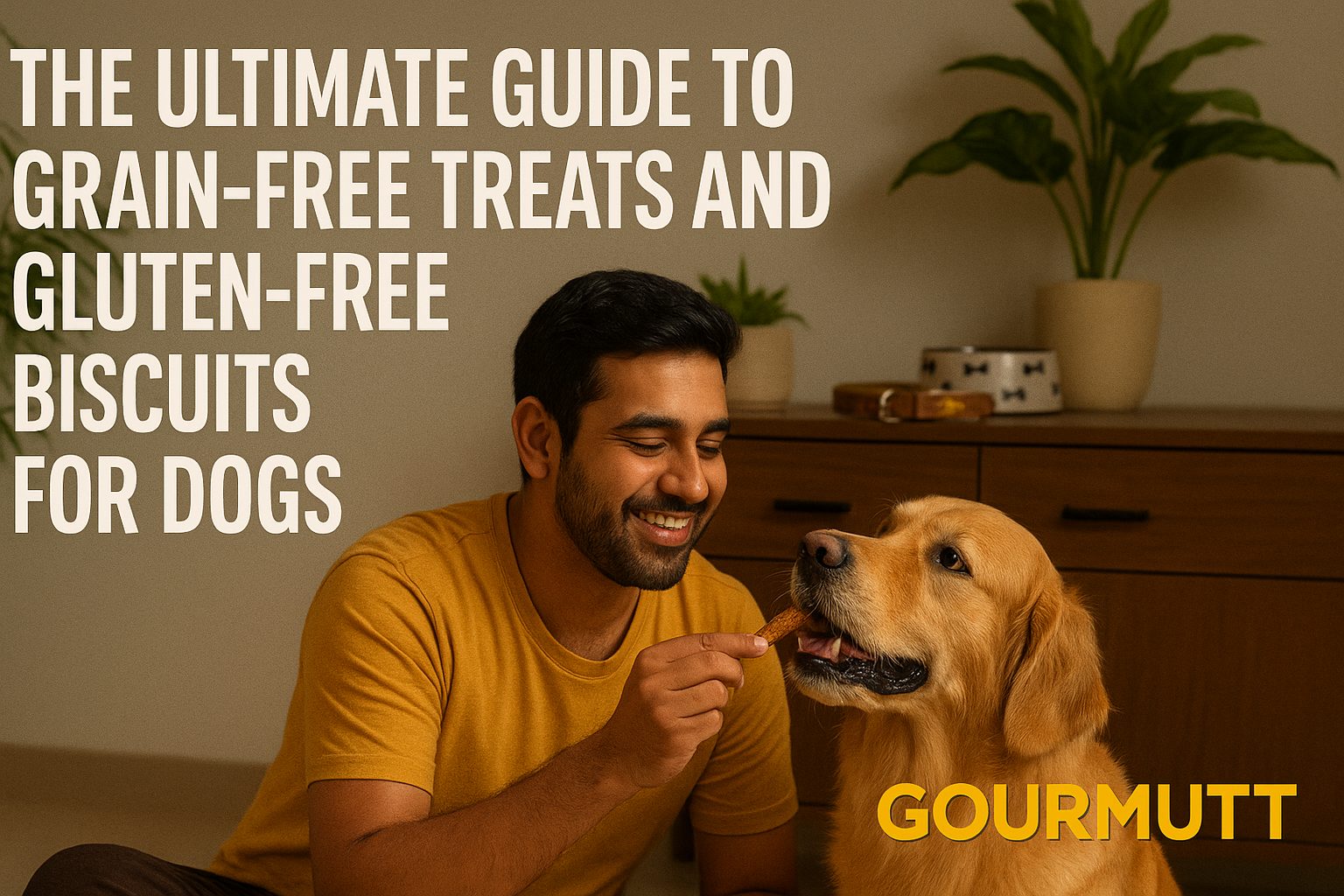If you’re like most dog parents, you want nothing but the best for your furry companion—especially when it comes to food. Over the last few years, more and more pet parents have been exploring grain-free treats and gluten-free biscuits as healthier alternatives to traditional dog snacks. But what exactly makes them better? And is it the right choice for your pup?
In this guide, we’ll walk you through the benefits of grain-free treats and gluten-free biscuits, how to identify quality options, and what to keep in mind when switching your dog’s diet.
—
Why Consider Grain-Free and Gluten-Free for Dogs?
Grains like wheat, corn, and soy are commonly used in many commercial dog treats as inexpensive fillers. While not all dogs are sensitive to grains or gluten, many breeds (and even mixed breeds) suffer from allergies or intolerances that go undiagnosed.
Here’s where grain-free treats and gluten-free biscuits can make a big difference:
Easier Digestion: Dogs with sensitive stomachs often find relief when switched to grain-free or gluten-free diets. These treats are gentler on the gut and reduce bloating, gas, or loose stools.
Improved Skin & Coat: Grain and gluten allergies often show up as skin problems. If your dog is constantly scratching or dealing with dry, flaky skin, removing grains might just be the solution.
Fewer Allergies: Gluten-free biscuits eliminate common allergens that trigger itching, ear infections, and chronic paw licking.
More Protein, Less Filler: Grain-free treats often contain higher levels of real meat or fish, making them not only tastier but also more nutritious.
—
How to Choose the Right Grain-Free Treats
Not all “grain-free” treats are created equal. Some may still contain other low-quality ingredients that don’t do your pet any good. When shopping, always check the label and look for:
Real Meat First: Chicken, lamb, turkey, or fish should be among the first ingredients.
No Artificial Additives: Avoid preservatives, colors, or artificial flavors.
Whole Food Ingredients: Look for recognizable foods like sweet potatoes, peas, pumpkin, or flaxseed.
For gluten-free biscuits, ensure they are made without wheat, barley, or rye. Alternatives like chickpea flour, rice flour, or coconut flour are excellent choices.
—
Transitioning Your Dog to Gluten-Free Biscuits
If your dog is new to gluten-free or grain-free snacking, take it slow. Introduce the new treats gradually over a few days to monitor for any changes in digestion or appetite. Most dogs adapt quickly and happily—but if your dog has a sensitive tummy, go easy at first.
Pro Tip: Use grain-free treats as training rewards. Dogs love the rich flavors, and you’ll be reinforcing good habits with a healthy snack.
—
Final Thoughts
Switching to grain-free treats and gluten-free biscuits isn’t just a passing trend—it’s a thoughtful decision to support your dog’s long-term health. Whether your pet has known allergies or you just want to offer them a cleaner, more nutritious option, making this small change can bring big benefits.
At Gourmutt, we believe every treat should be a celebration of health and happiness. That’s why our products are made with 75% real meat, no grains, no gluten, and no nonsense.
Because your dog deserves nothing less than the best.
—
Explore our range of grain-free treats and gluten-free biscuits at our online store – where tails wag for the taste and parents trust the quality.

About
Bhavini
Use a dynamic headline element to output the post author description. You can also use a dynamic image element to output the author's avatar on the right.





